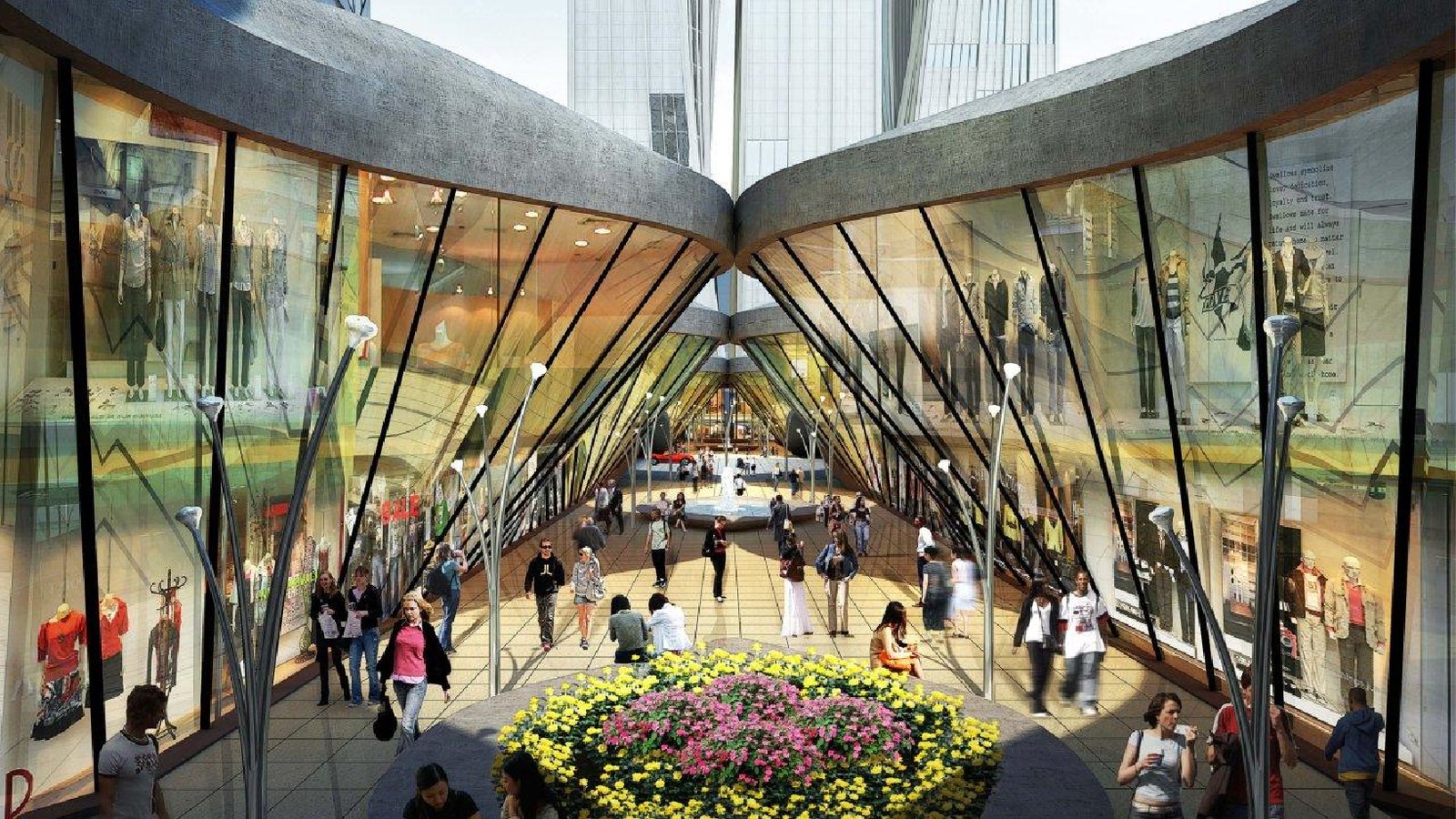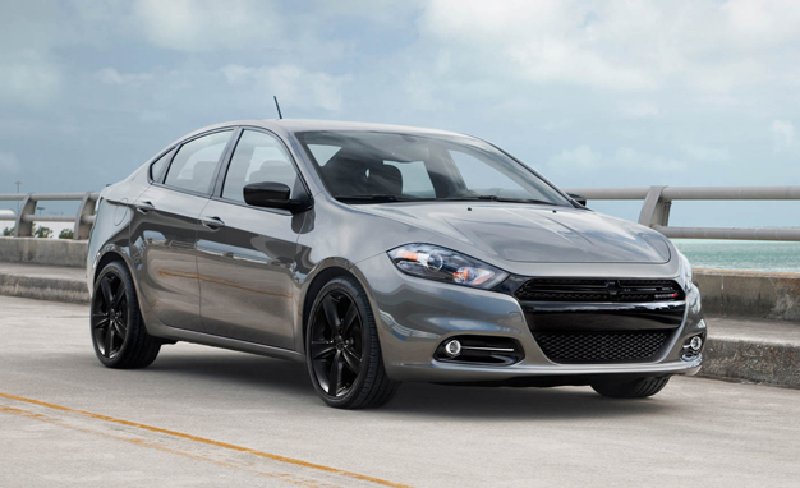How Are 3D Renders Changing the Way That You Shop ?
In the digital age, there are numerous things that have impacted in the typical shopping and consumer experience. From the emergence of e-commerce at the turn of the century to the way in which VR will soon allow consumers to interact with products in a virtual environment, the process of sourcing and purchasing goods almost unrecognisable in comparison with previous generations.
The concept of three-dimensional rendering is also having a profound impact on the way in which we shop, although this is not necessarily obvious to the untrained eye. Make no mistake; however, photo-realistic images are gradually replacing traditional photography, while creating new opportunities for forward-thinking brands and their consumers alike.
So, how exactly are 3d renders altering the way in which you shop? Consider the following: –
Pushing Boundaries to Excite the Consumer’s Mind
Photo-realistic renders are more prominent in some markets than others, with the automotive sector offering a relevant case in point. An estimated 80% of promotional imagery within this space is now created digitally, as opposed to just 20% 10 years ago. Over time, auto brands have also learned how to leverage this technology to push new boundaries and showcase their products in a more aspirational light.
This is a lesson that all markets can heed, but particularly those looking to sell high-end products. After all, 3D rendering enables companies to replicate any physical background or setting for their product, whether they are looking to highlight a core selling point or simply present their offering in a more engaging, aspirational environment.
This not only informs and excites the mind of the consumer, but it may also offer a competitive edge outside of what your product has to offer.
Customers Can Now Make Purchasing Decisions Earlier
Historically, customers would have to wait until a product was released before making a truly informed decision. 3D rendering has changed this state of affairs, however, as it allows companies to create accurate, photo-realistic images of product concepts that have yet to be manufactured.
Evident in the smartphone and automotive markets (where renders are often used to showcase key design elements), these images can capture the attention of consumer’s ahead of time and help brands to steal a march on their competitors.
From the perspective of customer, this also enables them to save time by making purchasing decisions earlier, allowing them to complete pre-orders or compare the market for the best possible price.
3D Renders Can be Combined With Augmented Reality to Inform Customers
Have you ever wanted to buy a car or piece of furniture but were unsure as to whether it would suit (or fit) a particular space? This is an issue that 3D renderings can help to resolve, and not only due to their accuracy or the excellent use of scale.
In 2013, 3D rendering techniques were combined with augmented reality to create the Dodge Dart mobile app. This innovative tool allowed customers to access a rendered image of the dart their iPhone camera, which could then be positioned to replicate how the car would sit on their driveway or in their garage. This instantly helped to inform customers in a tangible way, improving the value proposition of the product and guiding them to the right decision.
With augmented reality now increasingly accessible, this is a technique that can be used across multiple, product-orientated markets. This is a significant space to watch, while it may yet have the most profound impact on shopping and consumerism in the future.
There’s no doubt about it; concepts like photo-realism and augmented reality will continue to change the way in which consumers shop in the future. If you would like to learn more about these technologies and how your business may benefit from them, contact the 3drenders.co.uk team at your earliest convenience.



